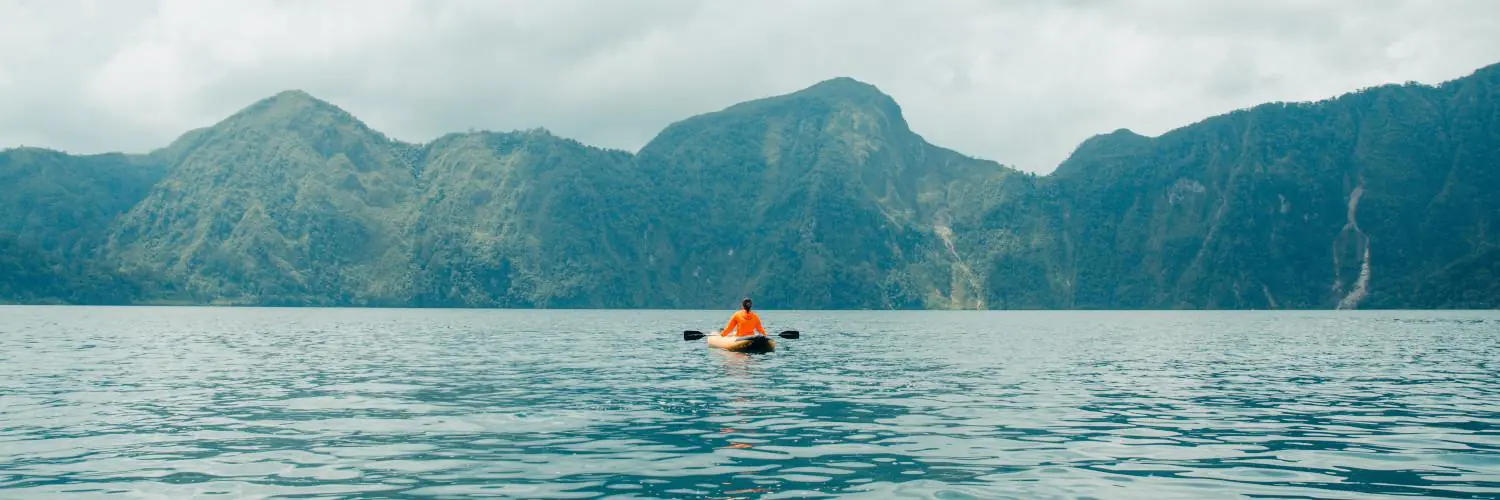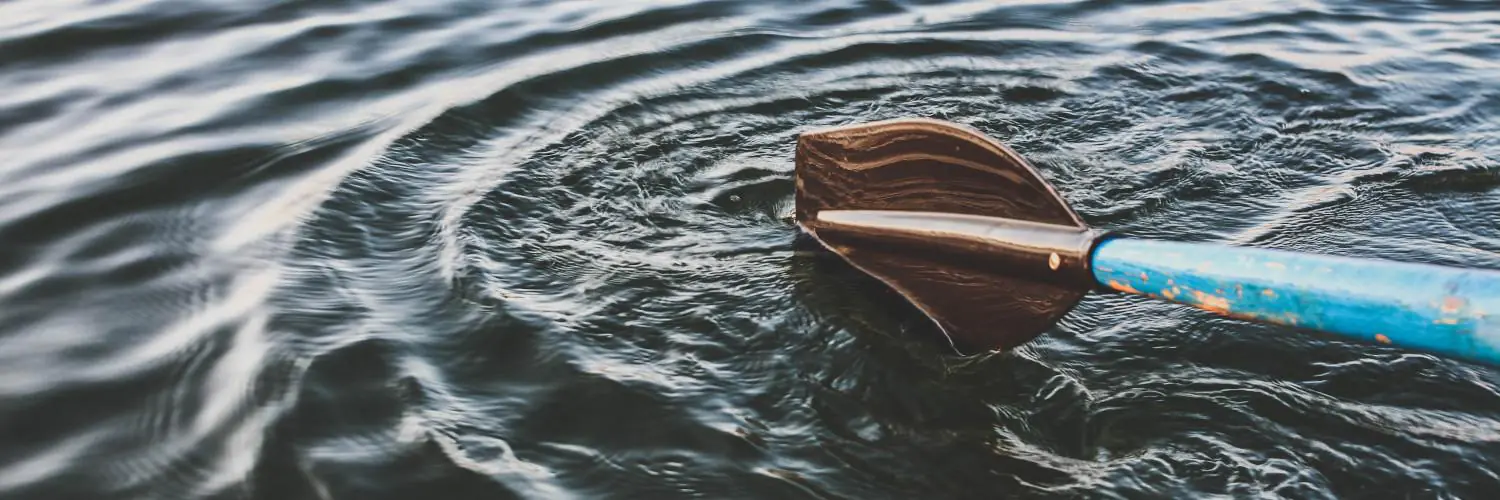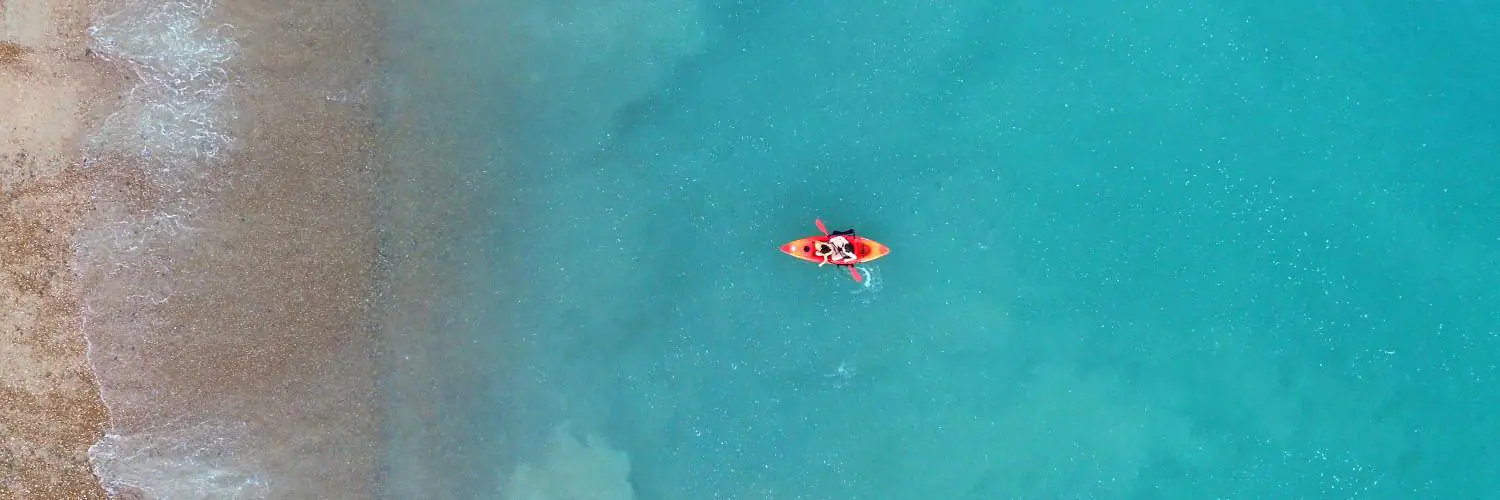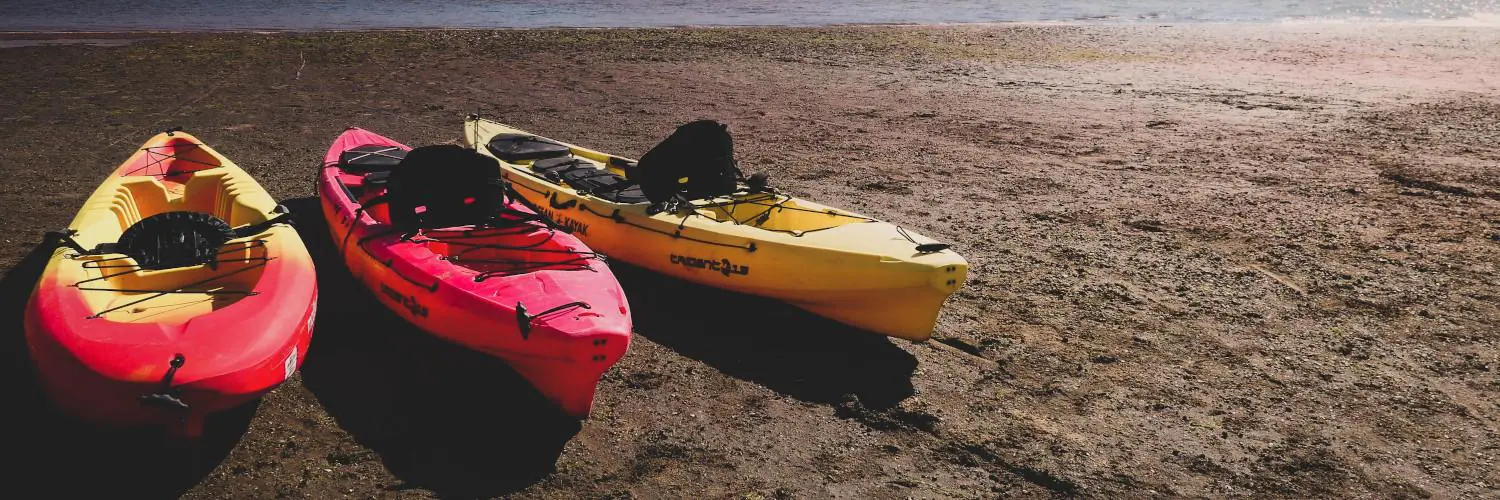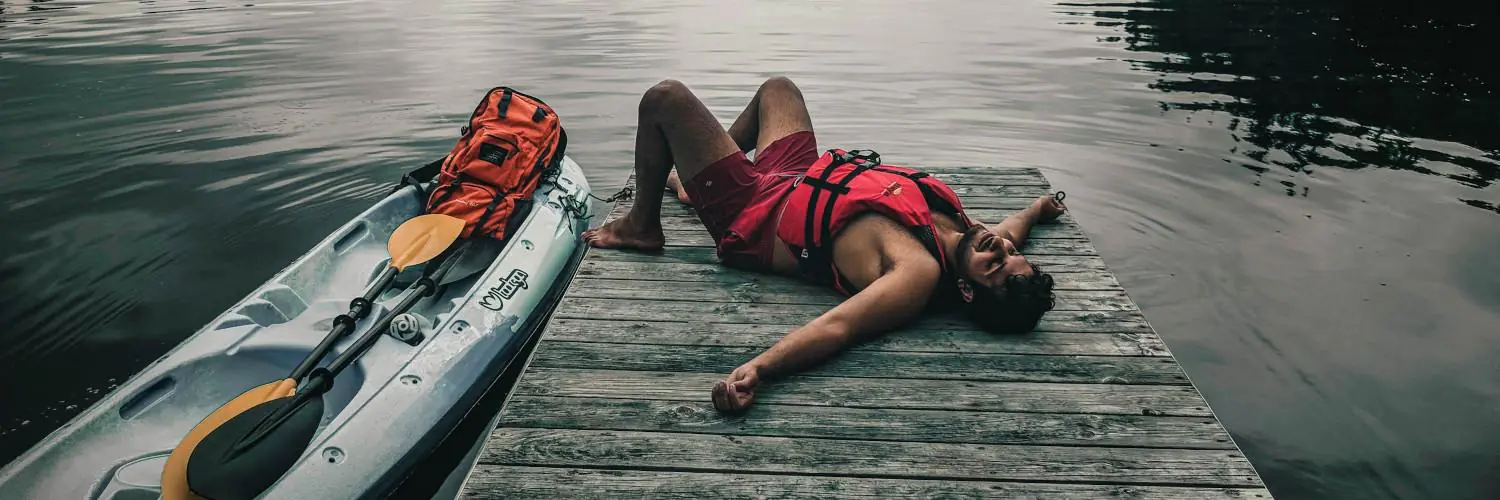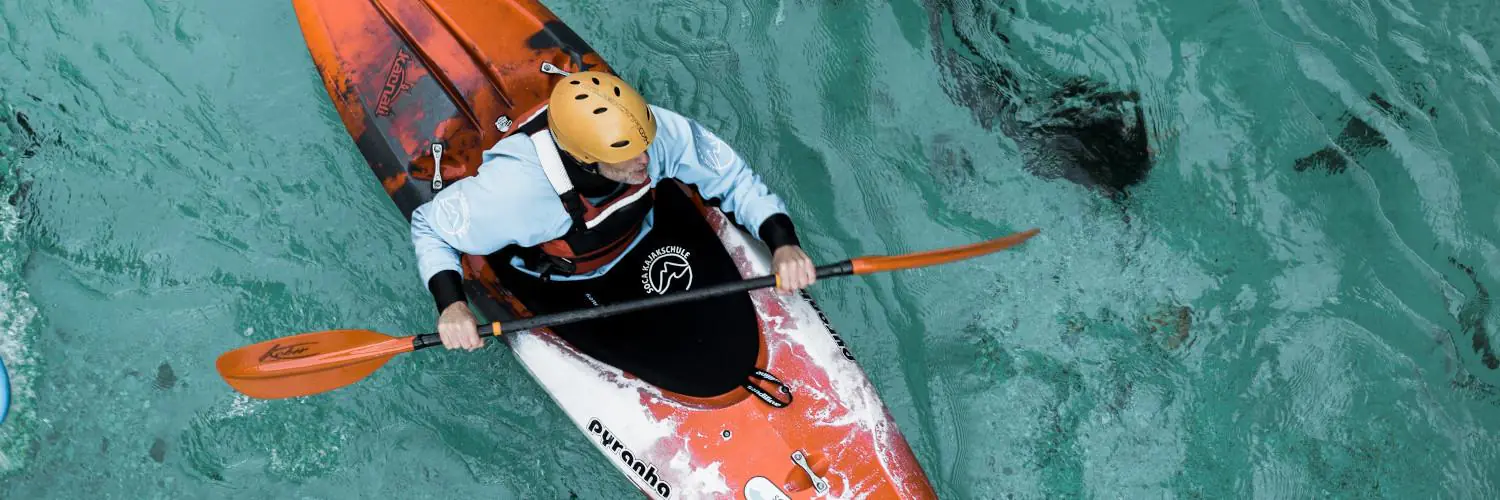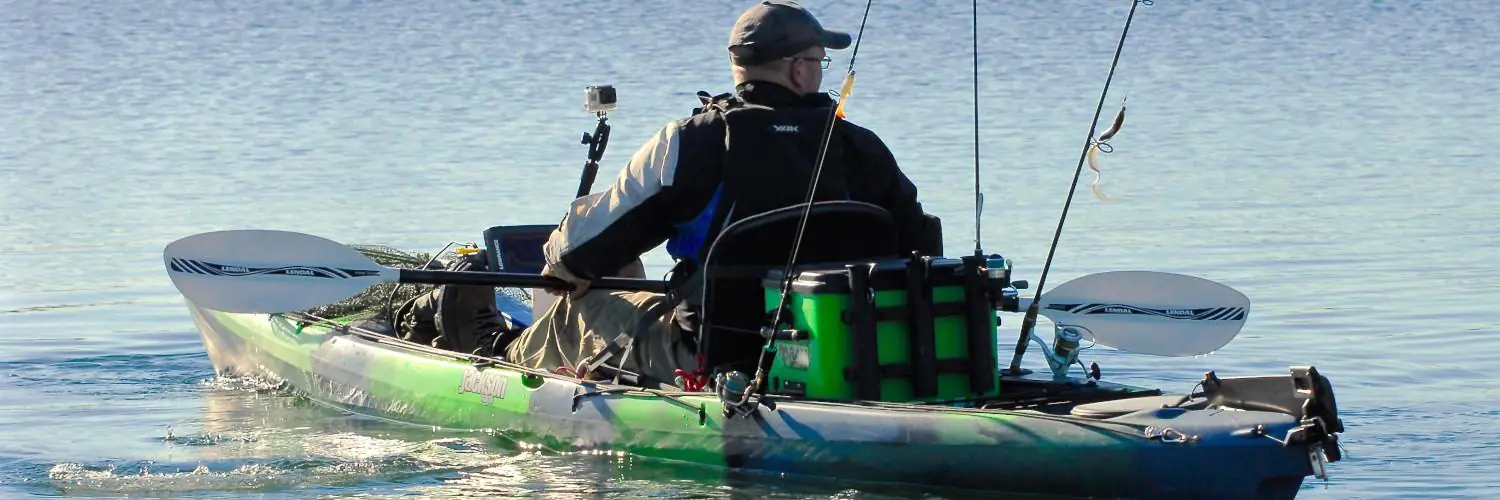Gnaraloo, located in Western Australia, stands as a prime destination for kayaking enthusiasts looking to explore the pristine waters of the Ningaloo Coast World Heritage Area. Nestled about 150 km north of Carnarvon, this wilderness location offers a vast stretch of coastline, approximately 65 km, that presents kayakers with ample opportunities to glide through its clear, shallow waters. The marine sanctuary zones of Gnaraloo Bay and 3Mile Lagoon are easily accessible, ensuring a convenient launch for a day of paddling.
The experience attracts visitors with the allure of serene waters complemented by vibrant marine life. While kayaking in Gnaraloo, adventurers can discover intricate coral systems and encounter sea turtles, rays, and a profusion of fish, making the activity not just a sport but an immersive nature experience. The calm, aqua waters of Ningaloo invite both novice and experienced kayakers alike to traverse the bay’s secluded beaches and enjoy the tranquil beauty of Western Australia’s coastline.
Engaging in kayaking at Gnaraloo allows individuals the chance to embrace the area’s natural splendor from a unique vantage point. The untouched landscape, combined with accessible water sport activities, makes it an ideal spot for those seeking a blend of adventure and tranquility upon the waters of the Indian Ocean.
Table of Contents
Gnaraloo Overview
Gnaraloo is a remote wilderness area that offers a combination of natural beauty, rugged coastline, and a connection to Australia’s pastoral heritage. It is located adjacent to the Ningaloo Coast World Heritage Area, providing visitors with pristine landscapes and a diverse range of marine life.
Geography and Climate
Gnaraloo is situated approximately 150 km north of Carnarvon, in Western Australia. It boasts around 65 km of coastline, forming part of the south end of the iconic Ningaloo Reef. The area is characterized by its dry, semi-arid climate, with hot summers and mild winters, making it a popular destination for outdoor activities year-round.
Coastline Features:
- Gnaraloo Bay: Clear, shallow waters and marine sanctuary zones.
- 3Mile Lagoon: Easily accessible snorkeling and kayaking spot.
Historical Significance
Originally a working pastoral station, Gnaraloo Station today stands as a testament to the region’s farming history while also catering to tourists. The station’s history is deeply interwoven with the local economy and has transitioned into a wilderness tourism business that fully respects its past. As part of the Ningaloo Coast World Heritage Area, Gnaraloo holds ecological and conservation significance, particularly for sea turtle nesting sites along its shores.
Marine Ecosystem
The Gnaraloo area is renowned for its vibrant marine ecosystem within the Ningaloo Marine Park, where a multitude of marine life thrives among spectacular reef systems.
Coral Reef Biodiversity
The biodiversity of Gnaraloo’s coral reefs is extensive, with a variety of coral species providing critical habitat for an array of marine organisms. Coral species here form both barrier and fringing reefs, which serve as the structural foundation of the ecosystem. Notable residents of these habitats include:
- Turtles: Species such as the loggerhead turtle frequent these waters.
- Fish: A variety of fish, from small colorful reef fish to larger species like tuna, navigate through the coral structures.
- Rays and Dolphins: The presence of rays gliding and dolphins playing adds to the dynamic nature of the reef.
The health of these coral reefs is vital to the sustainability of the marine life they support.
Marine Sanctuary Zones
Gnaraloo features designated Marine Sanctuary Zones, where wildlife is protected and human activities are carefully managed to minimize impact. These zones offer safe havens for species to flourish. Key points:
- Snorkel-friendly: The clear, shallow waters of Gnaraloo Bay and 3 Mile Lagoon are easily accessible for snorkeling.
- Protection Efforts: These zones play a crucial role in conserving species such as whales and turtles, which can be seen frequenting the Indian Ocean waters.
The synchronization of conservation efforts with recreational activities helps maintain the delicate balance of the marine ecosystem.
Outdoor Activities
Gnaraloo’s pristine coastline offers a myriad of outdoor activities suited for adventure enthusiasts. From the serene experience of kayaking to the adrenaline of surfing and wind sports, there is something for everyone looking to connect with nature and enjoy the aquatic splendour.
Kayaking and Snorkelling
Visitors can embark on a kayaking journey across Gnaraloo Bay’s crystal-clear shallow waters, which provide ideal conditions for both experienced paddlers and beginners. Adjacent to these gentle waters are the marine sanctuary zones, where snorkelling reveals vibrant reef systems teeming with marine life, including the chance to swim alongside turtles and rays.
Key Points for Kayaking and Snorkelling:
- Best Areas: Gnaraloo Bay, 3Mile Lagoon
- What You’ll See: Marine life including turtles, rays, and coral reefs.
Fishing Hotspots and Techniques
Gnaraloo is renowned for its fishing spots. Anglers often find themselves hooking into a variety of species due to the rich aquatic environment. It’s recommended to use sustainable practices to ensure the preservation of marine ecosystems.
Important Fishing Information:
- Hotspots: Areas around the Ningaloo Coast
- Suggested Techniques: Trolling and fly fishing are popular
- Targeted Species: Species such as snapper and mackerel.
Surfing and Wind Sports
The Gnaraloo coastline, especially around the Tombstones area, is a haven for surfing, offering numerous breaks for an unforgettable board riding experience. For kiteboarding and windsurfing aficionados, consistent wind conditions create the perfect setting for high energy water sports.
Surf and Wind Sport Details:
- Surfing Spot: Tombstones is famed for its breaks
- Wind Sports: Kiteboarding and windsurfing thrive due to consistent winds.
Accommodation and Camping
Gnaraloo offers unique lodging options ranging from rustic campgrounds to the more amenity-rich homestead accommodations. Visitors can choose between a more rugged camping experience or the comforts of a cabin, all set against the backdrop of Western Australia’s stunning coastal wilderness.
Camping at 3 Mile Camp
3 Mile Camp serves as a basic, beach-side campground catering to those who prefer the simplicity and connection to nature of camping. Visitors can set up tents or park caravans at designated spots, enveloped by the area’s raw beauty. The camp is well-known for its proximity to the Ningaloo Marine Park, making it a prime spot for ocean enthusiasts looking to explore the area’s marine life. It’s a retreat for those who seek the serenity of a wilderness setting.
- Modes of Camping:
- Tent
- Caravan
Homestead Stays and Facilities
The Gnaraloo Homestead offers a more comfortable stay with a range of self-contained, self-catering accommodations. Options include the traditional stone cabins which feature amenities for a convenient stay, some boasting balconies or patios with sea views. The homestead serves as a comfortable base for exploring the rugged coastline and is a popular choice for travelers seeking a mix of adventure and comfort in the wilderness of the Ningaloo Coast World Heritage Area.
- Facilities Include:
- Self-catering accommodations
- Balconies with sea views (on selected units)
Accessibility and Transportation
Gnaraloo Station, a wilderness destination renowned for its stunning reefs and aquatic adventures like kayaking, requires careful planning to access. Visitors should prepare for a remote drive and ensure their vehicle is suitable for rugged terrain.
Reaching Gnaraloo by Road
Carnarvon to Gnaraloo: The journey from Carnarvon to Gnaraloo is approximately 150 kilometers north. A 4WD vehicle is strongly recommended due to unsealed roads and potentially challenging conditions.
- Road Conditions: From Carnarvon, travelers will take Blowholes Road to a T-junction with the “King Waves Kill” sign, then continue on an unsealed road for 75 kilometers to reach Gnaraloo.
- Vehicle Requirements: Due to the rough terrain and environmental protection guidelines, 4WD vehicles are advisable. Driving on beaches and sand dunes is prohibited to preserve the region.
Perth and Exmouth Vicinity Access:
- From Perth: Gnaraloo is about 1,200 kilometers north of Perth, which necessitates a long drive suited to 4WD, especially for the final stretch.
- From Exmouth: Located 360 kilometers south of Exmouth, Gnaraloo is accessible by 4WD vehicles, with the journey showcasing Western Australia’s rugged coastline.
Essential Travel Tips
Fuel Availability:
- Carnarvon: It is essential to fuel up in Carnarvon before heading to Gnaraloo, as there are no fuel services at the station.
- Planning: Ensure to carry extra fuel if planning to explore the surrounding areas extensively, considering the isolated nature of the destination.
2WD vs 4WD:
- While a 2WD can reach Gnaraloo in favorable conditions, it is not recommended. A 4WD is essential for navigating unsealed roads after heavy rains or for any beach driving that may be permitted in nearby areas (but not within Gnaraloo).
- A 4WD enhances the safety and reliability of the trip, ensuring that travelers can handle unexpected road conditions.
Environmental Conservation
The delicate ecosystem of Gnaraloo, within the Ningaloo Coast World Heritage Area, is under active protection to maintain its rich biodiversity. Emphasis is on protecting key species such as turtles, and incorporating traditional custodians in conservation efforts.
Protecting Gnaraloo’s Natural Habitat
Gnaraloo’s habitats, including marine sanctuary zones and land, are crucial for various species, especially sea turtles which use its beaches for nesting. Sanctuary zones play a pivotal role by offering safe havens where interference with wildlife is minimized, thus preserving the natural breeding and feeding processes. Efforts ensure that the integrity of these habitats is not compromised by human activities, which may include managing access to sensitive areas during critical periods of turtles’ life cycles.
The Role of Local Organizations
Local organizations like the Gnaraloo Wilderness Foundation commit themselves to the conservation of native flora and fauna. They focus on scientific research, collaboration with stakeholders, and education. Involvement of traditional custodians is integral; they employ Aboriginal rangers and engage indigenous communities to blend traditional knowledge with modern conservation practices. This partnership reinforces the guardianship of land and sea, respecting the enduring connections of the traditional custodians to the Ningaloo region.
Local Life and Culture
In the remote region of Gnaraloo, situated to the north of Carnarvon, Western Australia, the local life and culture are deeply intertwined with its heritage and the natural environment. This section sheds light on the rich historical background and the vibrant community events that shape the unique experience of Gnaraloo.
Heritage and Community
The Gnaraloo area is part of the traditional lands of the West Thalanyji people, who have resided along the Ningaloo Coast for over 30,000 years. Heritage sites such as burial grounds, middens, and ancient fish traps bear witness to their longstanding connection to this country. Significant discoveries, like a string of beads estimated to be 32,000 years old, underscore the depth of history embedded in the landscape.
Quobba Station, not far from Gnaraloo, adds another layer to the region’s historical tapestry, offering a glimpse into the pastoral history of Australia that exists alongside indigenous heritage. Meanwhile, Coral Bay lies nearby as a testament to how communities have built lives around the unique marine environments of the Ningaloo Reef, a heritage-listed site, celebrating its ecological and cultural importance.
Events and Gatherings
Events and gatherings are rare yet momentous in Gnaraloo due to its seclusion. When they occur, they bring together residents and travelers in celebration of both the landscape and local culture. Seasonal happenings, often revolving around the ocean’s offerings, including fishing competitions and community barbecues, serve not only as entertainment but as a means of strengthening communal ties.
Local festivities are marked by a sense of resourcefulness, reflecting life in this stark yet beautiful terrain. Occasions are coordinated with a no-frills, practical approach, wherein the stunning natural backdrop of the desert meets the ocean takes center stage, and shared experiences foster a collective appreciation for Gnaraloo’s unique way of life.

